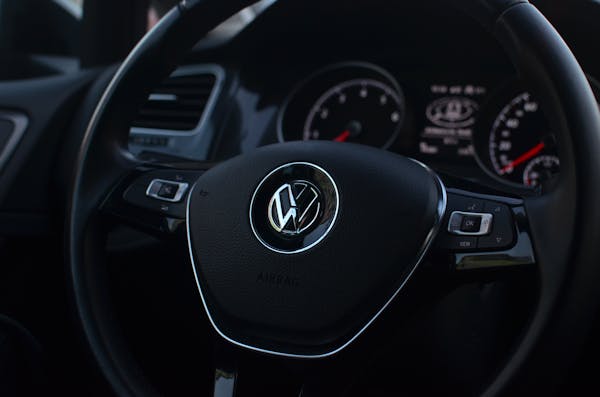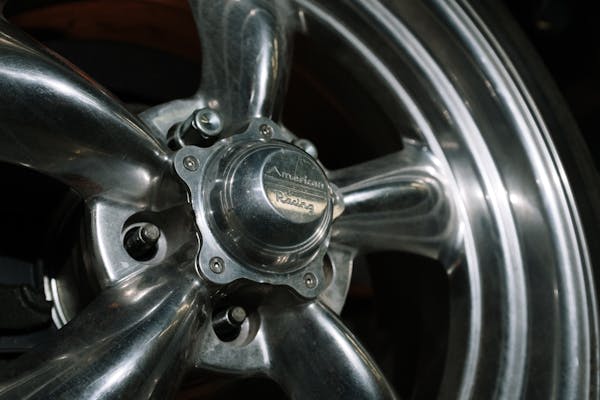Car detailing involves a deep clean and protection to prevent damage and prolong the life of vehicles. It includes processes like paint enhancement, headlight restoration and ceramic coating that improve aesthetics but also save money by preventing the need for costly repairs and replacements.
But how do professional detailers keep cars looking immaculate?
Exterior
A detailed exterior helps a car look great and maintain its value. It can also extend the life of the vehicle by preventing damage from environmental hazards like rain, sunlight, and road salt.
A full detail includes the cleaning and protection of all exterior surfaces and accents, including rubber, vinyl, and chrome. The paint gets a thorough wash, clay bar treatment to eliminate stubborn dirt particles, and hand or machine polishing. Finally, a coat of wax or sealant is applied to protect the paint and give it a shiny appearance.
Having the right equipment is important for any detailing professional, but it’s just as important to know how to use it properly. Many online learning platforms and industry certifications provide educational resources for detailing professionals to learn new techniques. Attending industry trade shows or conferences also gives detailers an opportunity to expand their knowledge and network with other professionals.
Interior
A car’s interior requires regular care to remove built-up dirt, dust, and grit. Detailers may shampoo or vacuum carpeting, pressure wash floor mats and upholstery, and clean and condition leather seats. Plastic and vinyl surfaces often get a coat of protectant to prevent fading, cracking, or chipping.

Full detailing goes well beyond the basics and requires a considerable time commitment. For example, a clay bar treatment removes hard-to-eliminate contamination from paint; a hand or machine polish leaves the finish with an even sheen. Exterior surfaces and accents like rubber, chrome, or molded plastic may be treated with a special sealant to prolong their life.
Some detailers use a spray-on protectant that creates a protective barrier against sunlight, rain, and road salt. Others use a non-greasy wax that gives the finish a lustrous shine. Protectants and other products that help keep materials looking great can significantly increase the resale value of a vehicle.
Engine
While it is important for detailers to be able to use a wide range of products, it is equally as important that they have a thorough understanding of how these products are best applied. This includes a strong knowledge of dilution ratios and safe handling and storage practices.
It is also important for detailers to know which tools are necessary for each task. Some chemicals may produce dangerous fumes and/or dust, so it is vital that they have a face mask and an air monitoring system available to avoid inhalation problems.
It is important for car detailing professionals to know how to protect sensitive components of the vehicle, such as the alternator and exposed filters. This ensures that the detailer does not accidentally damage them during cleaning. It is also important to remember that it is never safe to spray a hot engine with water, so a detailer will typically cover these areas with a plastic bag or other protective covering.
Tires
The tires are where the rubber meets the road, but there is a lot more engineering in them than you might think. Natural rubber makes up only 28 percent of a tire’s weight; the rest is made from textiles, fillers and steel. The bead that wraps around the rim is especially important, as it ensures a tight fit and seals in air pressure.

Most tires are constructed with two, four or more plies of rubber encased in nylon and other fabric materials. The treads, carved in a variety of patterns to avoid hydroplaning and grip the road, are also usually crafted from a special material that resists wear and provides traction.
Many tires are labeled with a tread-wear rating and a tire mileage warranty that promise the number of miles they will last under normal driving conditions. However, many cars are engineered for specific tire sizes, and mounting different tires can affect the vehicle’s handling and performance.